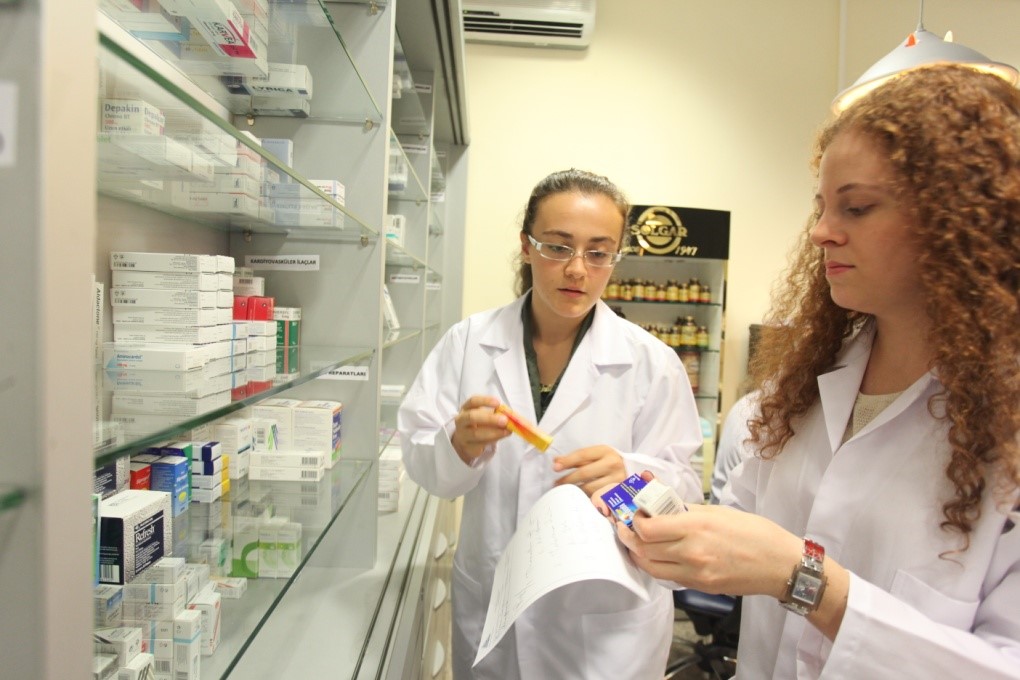
What is Physical Treatment?
The American Physical Therapy Association defines physical treatment as "... a health occupation whose main function is the promotion of optimal human health and function through the application of clinical concepts to avoid, determine, assess, correct, or relieve intense or prolonged movement dysfunction".
Physical Therapy is an occupation whose main purpose is the restoration, upkeep, and promo of ideal health, function, and quality of life for people of any ages. The science of physical treatment involves the application of therapeutic methods, strategies, and interventions that help rehabilitate an individual to their optimum physical potential. The art of physical therapy is assisting individuals help themselves.
In laws and regulations specifying practice, physical treatment is frequently defined as the care and services supplied by a physiotherapist or a physical therapist assistant under the direction and guidance of a physiotherapist, and include:
Reducing problems and practical restriction by designing, carrying out, and customizing restorative interventions;
Preventing injury, problems, functional limitation and special needs; and Taking part in consultation, education, and research.
More details about the occupation of physical therapy might be acquired by going to the American Physical Therapy Association's website at www.apta.org
Who are Physical Therapist Assistants?
Physical Therapist Assistants, or PTA's, are knowledgeable healthcare service providers who work with and under the instructions and supervision of a physical therapist to supply physical therapy services. In order for an individual to practice as a PTA, they need to finish from an accredited PTA program and effectively pass a licensing/certification examination.
PTA's play an integral function in offering physical therapy services for individuals with different disabilities. When a client seeks or is referred for physical treatment services, the physical therapist performs an initial examination and details a plan of care. The PTA can then bring out all or part of the treatment strategy as instructed by the physiotherapist.
The American Physical Treatment Association recognizes the PTA as the only person who assists the physiotherapist in the shipment of selected physical treatment interventions.
What does a Physical Therapist Assistant do?
The physiotherapist assistant (PTA) carries out physical therapy interventions and associated tasks under the instructions and guidance of a physiotherapist. Such responsibilities may consist of training clients in therapeutic workout and activities of everyday living, using physical representatives such as cold, heat, electricity, or water for discomfort relief and healing, advising persons in the use of assistive gadgets for strolling, taking part in wound care, promoting health and injury prevention, supplying patient and family education, training clients in wheelchair activities, assisting the physiotherapist in performing client assessments and intricate interventions, and a lot more.
The PTA also keeps an eye on the patient's action to treatment, performs numerous tests and steps, documents appropriate elements of client care, and keeps continuous communication with the monitoring physical therapist, along with other health care experts.
What is the distinction between a PT and a PTA?
The physiotherapist (PT) and the physical therapist assistant (PTA) differ in academic preparation and levels of responsibilities as it connects to the provision of physical treatment services.
Today, the overwhelming bulk of PT schools educate physiotherapists at the Doctorate level, although many practicing therapists were informed when programs required only a Master's or Bachelor's degree. The PTA is informed at the Associate's degree level, which normally equates to 2 years of college.
The PTA has a working knowledge of the theory behind treatment interventions, understands pathological conditions being treated, and comprehends how to apply techniques and techniques used to treat those conditions.
The PT has comprehensive education in evaluative skills, research study, and administration, as well as sophisticated coursework in human anatomy, neuroanatomy, orthopedics, pathology, and Website link therapeutic methods. Both the PT and the PTA need to graduate from recognized programs and pass a licensing evaluation in order to practice in their particular roles.
Consumers/patients might seek the services of the physiotherapist directly, or, the client may be described a physical therapist by a physician. The PT carries out the initial assessment and evaluation of the client. The evaluation will lead to a physical therapy medical diagnosis, and as proper, the PT will establish objectives or outcomes to be achieved by a physical therapy strategy of care and treatment strategy.
The PTA can not perform the initial assessment or evaluation; nevertheless, the PTA may help the PT in gathering data. Following the examination of the patient, the PTA might perform chosen interventions and information collection as directed by the monitoring PT. The PTA must constantly work under the instructions and guidance of a physical therapist. The collective relationship between the PT/PTA is extremely effective and valued, and the team considerably contributes to the success of the general rehabilitation procedure.